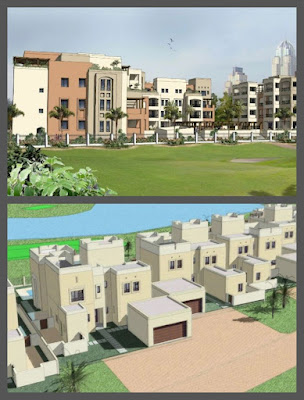Giuseppi Terragni was just 28 years old when he started working on Casa del Fascio in Como, Italy. He was the archetypal tragic hero, producing a remarkable body of work before being drafted into the army and sent deep into Russia. His physical and mental health were shattered and he died in Italy before he was 40.
The central space at Casa del Fascio is a re-imagining of the renaissance cortile. An internal space, but with light penetrating from all directions and galleries around the edge. The ground floor opens across its entire width at the press of a button, connecting to a public plaza.
It doesn't seem to have aged a minute. Is that important? Not sure. I'm all for buildings that have a timeless beauty but this one is firmly situated in the industrial era. All the same, it's quite remarkable.
My rendering technique in 2013 involved combining a shaded image with a quick Render using Revit's internal engine. The images aren't hi-res but they are quite effective for most purposes.
This is a building that is difficult to fully grasp by looking at images, however well thought out. For me there is nothing to compare with building a model, pondering over difficulties, composing sheets, adding annotations. That's the experience I crave.
Studying history with my BIM pencil.
Last two images of Casa Fascio. The exterior is a pure Mental Ray render. Remember the excitement when Autodesk bought that software and bundled it into Revit with a simple interface designed for people like me with low expertise in the complexities of high-end rendering.
External views render quite quickly to an acceptable level. Interiors, not so much. But they can be good enough to provide the extra materiality in one of my composite images. Meanwhile the black lines give extra definition to the glass blocks and the floor tiles. You need to set the Revit materials up properly so that the appearance image and the hatch pattern line up. Hard won trickery that is already slipping into the memory hole.
The interior view is looking towards the back of the
building. The internal elevations of the atrium are almost as varied as the
external facade. Meeting spaces on the left, cellular offices elsewhere.
Complete transparency to the outside world, front and back.
The sides of the building face onto relatively narrow alleys. Hopefully this render conveys that fact. Different fenestration for the stair, the vertical stack of washrooms, and the cellular offices.
How many modern buildings draw on the geometry games that
Terragni pulled here? More than a few. I'm not sure how to assess Terragni the
man. Was he a naive young idealist carried away with his belief in abstract
ideas? Was he an opportunist, willing to trample over the rights of lesser
mortals. I really don't know. But I do think that the self reflection that goes
along with researching and building a model like this, helps me to put my own
failings in perspective.
I need to tidy this model up a bit and add it to thewaywebuild.io So much unfinished business.















